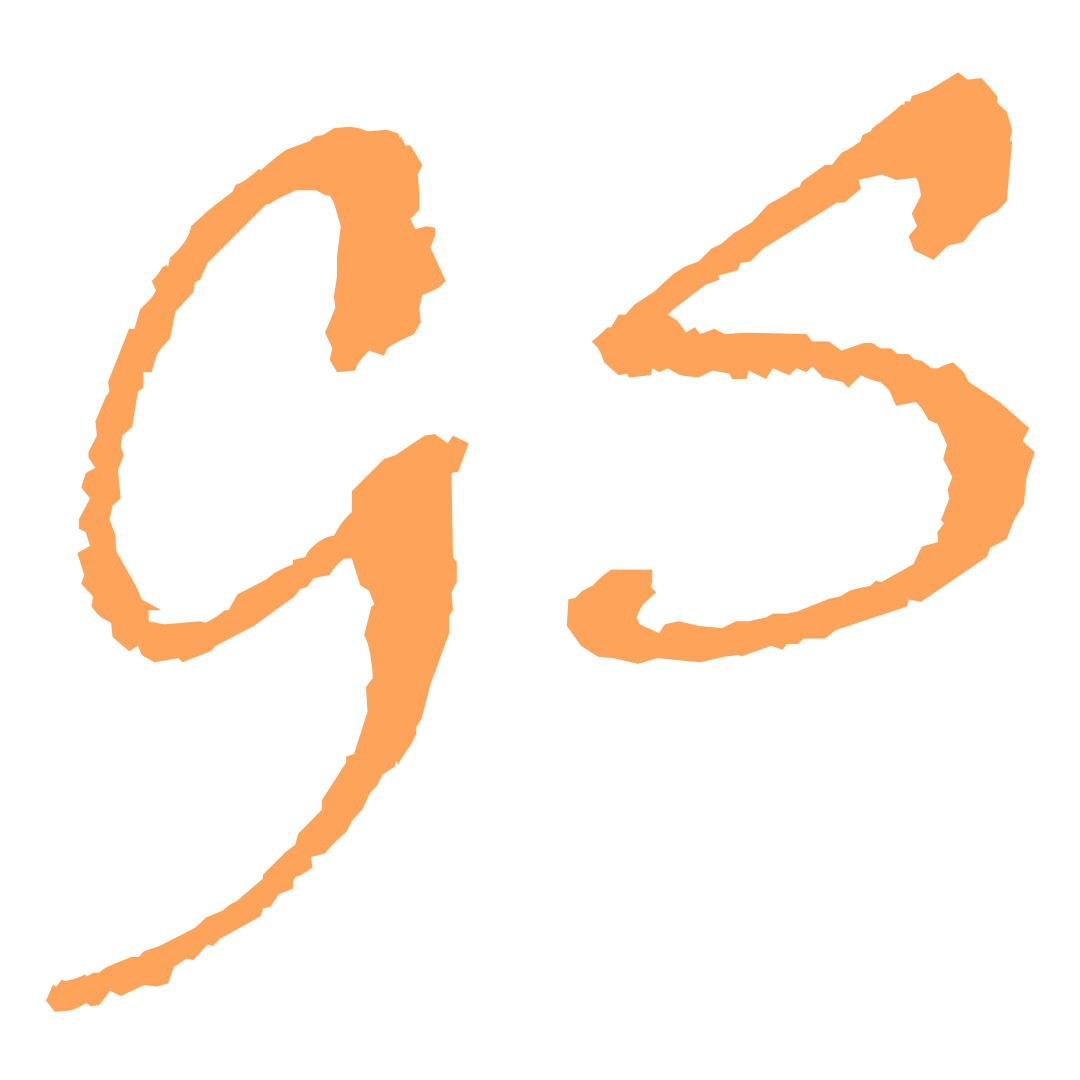History of the Meiji Era
The Meiji era was a period of transformation and innovation in Japan, and Ukiyo-e art (begun in the Edo period) was no exception. This traditional form of etching underwent substantial modifications to reflect the radical changes in Japanese society.
In this case, we are referring to:
The introduction of Western techniques such as metal engraving and typography, which were brought to Japan and integrated into the production of ukiyo-e, allowing artists to experiment with new methods and styles. Themes and subjects: Europeans brought with them new subjects and themes to Japan, including images of Western life, portraits of foreigners and scenes from wars. These subjects were often integrated into ukiyo-e works, sometimes with a mixture of east and west.
1. Use of Western perspectives: Traditionally, ukiyo-e art used a Western perspective: two-dimensional perspective and flat composition. However, under the influence European art, some ukiyo-e artists, such as Utagawa Hiroshige and Hokusai, began to experiment with Western perspective, adding depth and volume to their works.
2. Influence of colors and styles: Europeans also introduced new techniques of and artistic styles. Bright colors and fine details began to appear in ukiyo-e, replacing to some extent traditional Japanese colors and less detailed lines.
3. The impact of Western aesthetics: Western aesthetic concepts such as Romanticism and realism, had an impact on ukiyo-e style and themes.
Artists began to move away from idealized representations and incorporated more realistic elements into their works.
Ukiyo-e artists adapted their traditional techniques to include Western influences. This combination allowed the artists to tackle new themes and creatively express the changes in their society. They began painting European landscapes and incorporating Western-dressed figures in their works, reflecting Japan’s openness to the outside world.
